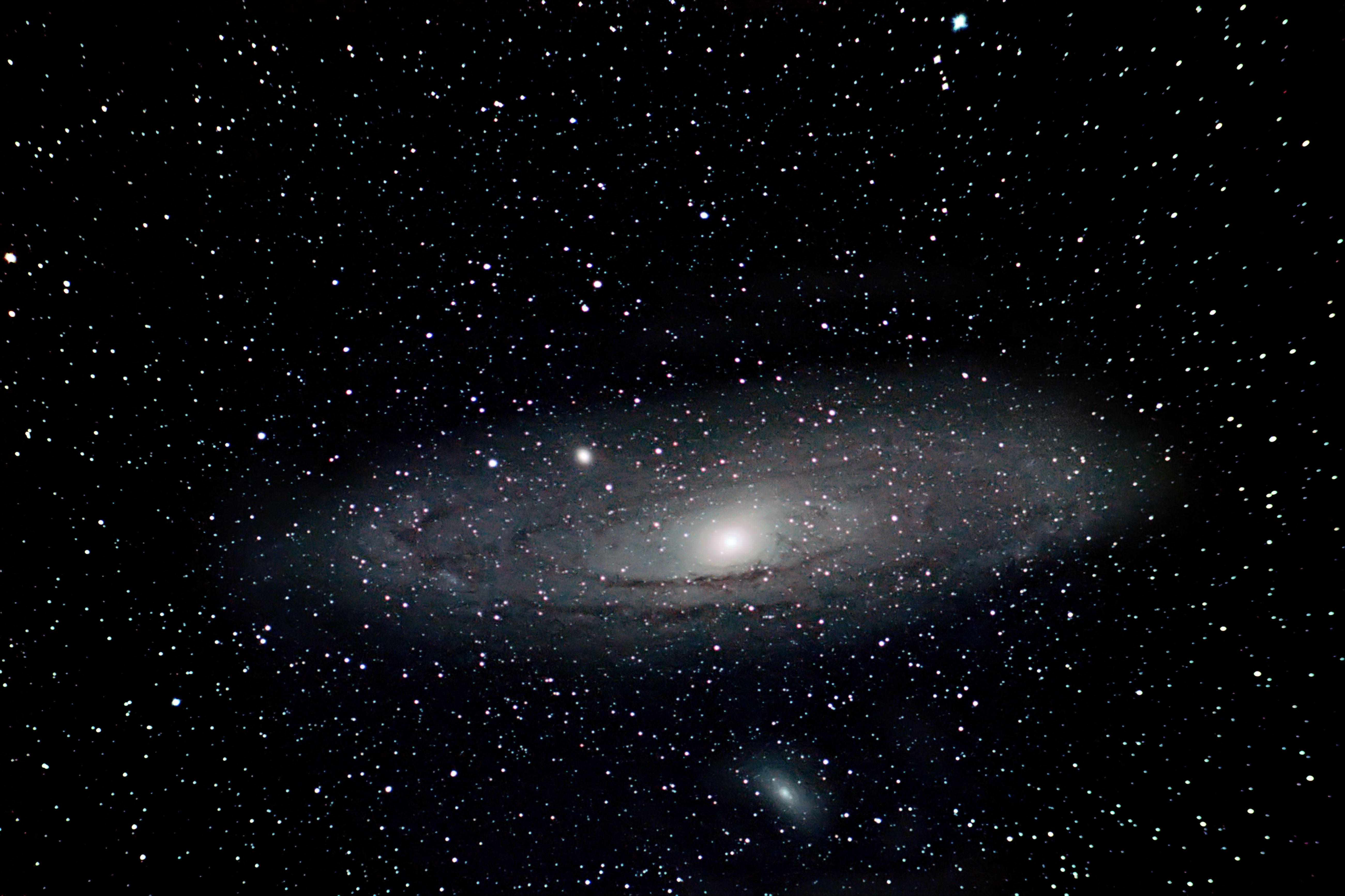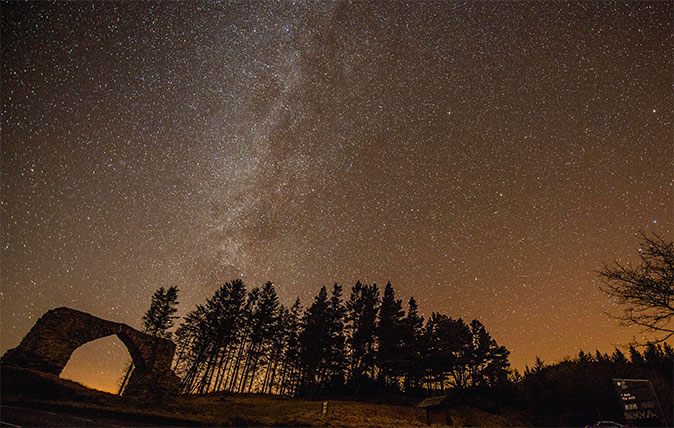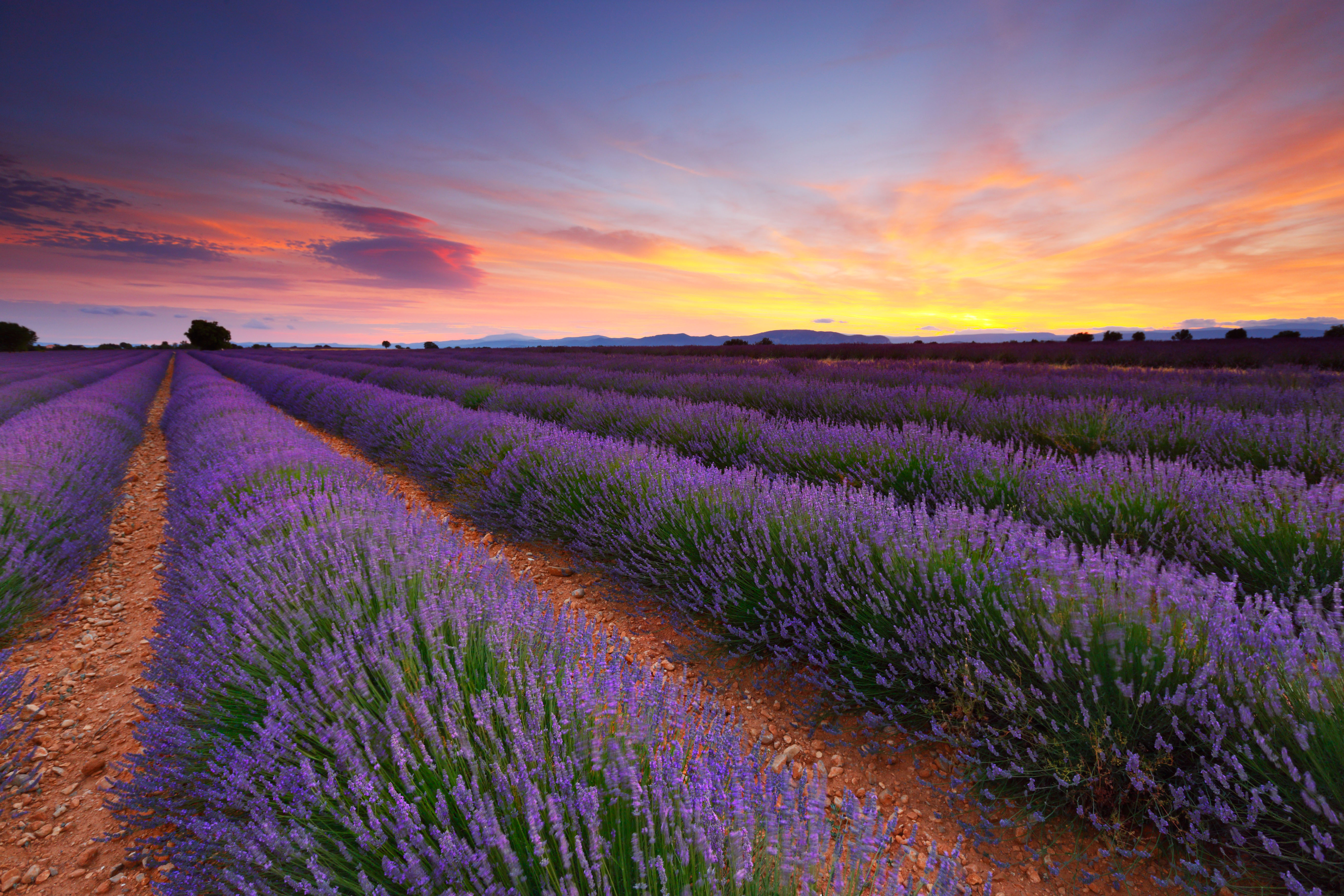The spot on the chalky hills of Wiltshire and Dorset named as one of the finest places in the world for stargazing
The Cranborne Chase Nature Reserve was awarded the prestigious International Dark-Sky Reserve title after efforts to minimise light pollution ensured you can see the Milky Way and even the Andromeda galaxy on a clear night.


This scenic corner of southern England, which spans 380 square miles and four different counties (Wiltshire, Dorset, Hampshire and Somerset), has become one of just fourteen International Dark-Sky Reserves around the world.
It’s not the first part of Britain to gain the coveted recognition, which is issued by the International Dark-Sky Association, a US-based body that is trying to stop light pollution, but it’s the first to be designated in its entirety.
‘We think of our beautiful landscapes as being on the ground, but 50% of our landscape is above our heads, in the sky,’ says Linda Nunn, director of the Cranborne Chase AONB. ‘The quality of our night sky is so important and this isn’t just for the benefit of astronomers. There are huge benefits for nocturnal wildlife, our own human health and wellbeing, for education, tourism and for energy saving. We’re thrilled to be playing our part.’
Obtaining the designation was no mean feat, with the Cranborne Chase Dark Sky project team working tirelessly for more than ten years to receive the accolade. The International Dark-Sky Association requires its reserves to meet many rigorous criteria — not least the fact that the Milky Way needs to be clearly visible to the naked eye — so the team had to work with local authorities, parish councils, businesses and residents to ensure lights were only switched on when absolutely necessary.
All that hard work paid off, however, with the International Dark-Sky Association recognising that ‘Cranborne Chase has the largest central area of darkness of any International Dark-Sky Reserve in the UK,' according to the body’s International Dark-Sky Places programme manager, Adam Dalton, who adds that 'for those living and visiting this beautiful area, this is something to be celebrated and enjoyed.’
These days, says Bob Mizon of the UK Commission for Dark Skies, ‘you can’t fail to be amazed by the show the night sky puts on when you’re in Cranborne Chase AONB on a clear night.’ According to Ms Nunn, people can see ‘the Milky Way and the Andromeda galaxy, if the clouds allow!’
Cranborne Chase has also had to pledge to continue protecting the dark sky in the future and plans are already afoot to do so.
Exquisite houses, the beauty of Nature, and how to get the most from your life, straight to your inbox.
‘Dark sky friendly schemes with schools, business, parishes and landowners are being developed and Wiltshire Council, which administers two-thirds of the area, has already agreed to upgrade its street lighting,’ says Ms Nunn. ‘This will make a significant contribution and will help us continually improve our dark-sky quality.’
Cranborne Chase joins four other UK stargazing spots on the International Dark-Sky Reserve list: the Brecon Beacons National Park and Snowdonia, both in Wales, Exmoor, on the Somerset and Devon borders, and Moore’s Reserve, in the South Downs.

Credit: Shutterstock
Starry skies of Britain: 10 of the best places to go stargazing in the UK
Britain's starry skies can be spectacular, but you need to be in the right place to avoid light pollution. Julie

21 ways to let the joys of Nature calm your soul in troubled times
Carla must be the only Italian that finds the English weather more congenial than her native country’s sunshine. An antique herself, she became Country Life’s Arts & Antiques editor in 2023 having previously covered, as a freelance journalist, heritage, conservation, history and property stories, for which she won a couple of awards. Her musical taste has never evolved past Puccini and she spends most of her time immersed in any century before the 20th.
